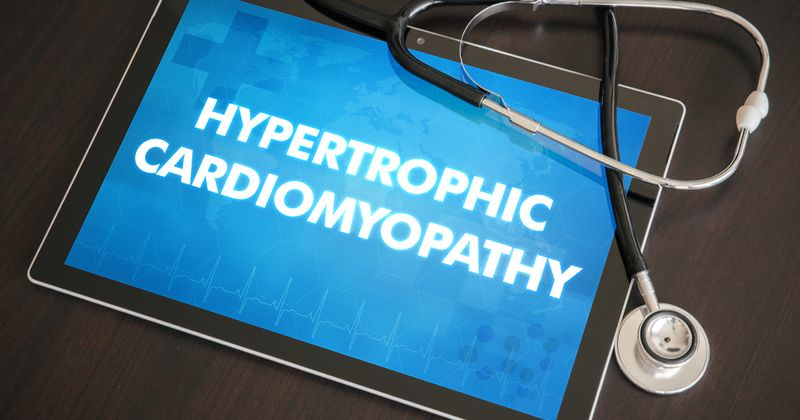Mavacamten improves cardiac structure, function in obstructive hypertrophic cardiomyopathy
In patients with symptomatic obstructive hypertrophic cardiomyopathy, mavacamten was linked with improved cardiac structure and function compared with placebo, according to new data from the EXPLORER-HCM trial.
As Healio previously reported, in the main results of EXPLORER-HCM, patients with symptomatic obstructive hypertrophic cardiomyopathy assigned mavacamten (Bristol Myers Squibb), a novel cardiac myosin inhibitor, had improved symptoms, quality of life and functional status compared with those assigned placebo.

For the present analysis, Sheila M. Hegde, MD, cardiovascular medicine specialist at Brigham and Women’s Hospital and instructor in medicine at Harvard Medical School, and colleagues evaluated serial echocardiograms taken over 30 weeks in 251 patients from EXPLORER-HCM.
At 30 weeks, 80.9% of the mavacamten group and 34% of the placebo group had complete resolution of mitral valve systolic anterior motion (difference, 46.8%; P < .0001), Hedge and colleagues wrote.
The mavacamten group also had greater improvement in left atrial volume index (mean change from baseline in mavacamten group, –7.5 mL/m2; mean change from baseline in placebo group, –0.09 mL/m2; P < .0001) and in lateral E/e’ (mean change from baseline in mavacamten group, –3.8; mean change from baseline in placebo group, 0.04; P < .0001).
Hegde and colleagues found that in the mavacamten group, improvement in resting, Valsava and post-exercise gradients; left atrial volume index; and lateral E/e’ was associated with lower N-terminal pro-B type natriuretic peptide level (P .03 for all) and reduced left atrial volume index conferred better peak exercise oxygen consumption (P = .04).
“It appears that modifying contractility dynamics without a significant chronotropic effect with mavacamten is sufficient to relieve [left ventricular outflow tract] obstruction,” Hegde and colleagues wrote.

In a related editorial, Ahmad Masri, MD, MS, director of the cardiac amyloidosis program at the Hypertrophic Cardiomyopathy Center, Knight Cardiovascular Institute, Division of Cardiology, School of Medicine, Oregon Health & Science University, wrote “Overall, the current evidence supports an indication for mavacamten use in patients who continue to be symptomatic despite treatment with [beta-blockers] or calcium channel blockers. The favorable structural and functional effects of mavacamten in EXPLORER-HCM ... suggest a future shift to first-line [obstructive hypertrophic cardiomyopathy] therapy with selective cardiac myosin inhibitors, but further evidence to support such practice is required.”
